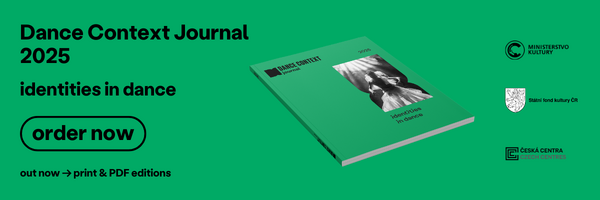As you might expect from one of the world’s busiest dance capitals, there is always lots to see in London. In this Letter from London, I bring you just a flavour of what has been happening here in the spring and early summer of 2025.
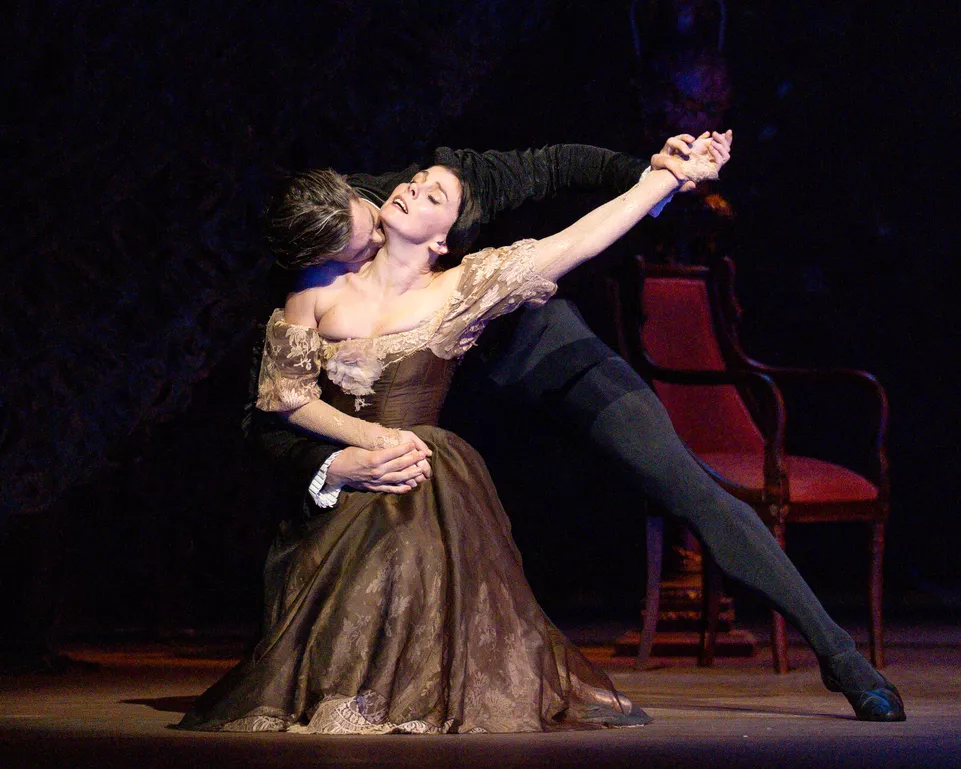
Natalia Osipova as Tatiana and Lukas B. Brændsrød as Eugene Onegin in John Cranko's Onegin ©2025 RBO. Photographed by Andrej Uspenski.
Royal Ballet classics
The Royal Ballet was busy with performances at the newly renamed Royal Ballet and Opera (formerly the Royal Opera House, Covent Garden), where it presented long runs of popular works such as Christopher Wheeldon’s Alice’s Adventures in Wonderland, John Cranko’s Onegin and Kenneth MacMillan’s Romeo and Juliet, as well as mixed bills of works by George Balanchine and Wheeldon. It was hardly innovative fare, but the company was celebrating the 60th anniversaries of the first performances of both Onegin and Romeo, which have become mainstays of its repertoire.
First performed in 1965, Romeo and Juliet has been presented over 560 times at Covent Garden, so you would be justified in thinking the ballet might now look a little tired. However, this latest revival, staged by former principal dancer Laura Morera, proved fresh, exciting, vivid and invigorating. There were many cast changes to catch in the principal roles, but I was especially impressed by the dancing and acting of Mayara Magri and Calvin Richardson as the leads at the performance on 25th April, as well as that of Valentino Zucchetti and Leo Dixon in the roles of Mercutio and Benvolio, and especially Gary Avis, who was superlative as Tybalt.
Onegin only joined the repertoire of The Royal Ballet in 2000 (although the company had first planned to perform it way back in 1977), but it has since become a firm favourite. In fact, Cranko’s Onegin has always enjoyed success in London, especially as older audiences can recall with pleasure those occasions when it was danced in the capital either by Stuttgart Ballet in the 1970s, or by London Festival Ballet during the 1980s when it was led by such wonderful ballerinas as Marcia Haydée, Patricia Ruanne, Natalia Makarova, Ekaterina Maximova, Eva Evdokimova and – best of all – Lynn Seymour. On 30th May, Francesca Hayward and Cesar Corrales gave an electrifying account of the ballet, especially in the final pas de deux for Onegin and Tatiana, but the performance of Tatiana to catch was that of Natalia Osipova. On 3rd June Osipova danced with such thrilling, theatrical abandon, and made Tatiana’s every mood, every feeling and every emotion so clear and poignant that, surely, she must now join the ranks of the very finest interpreters of the role.
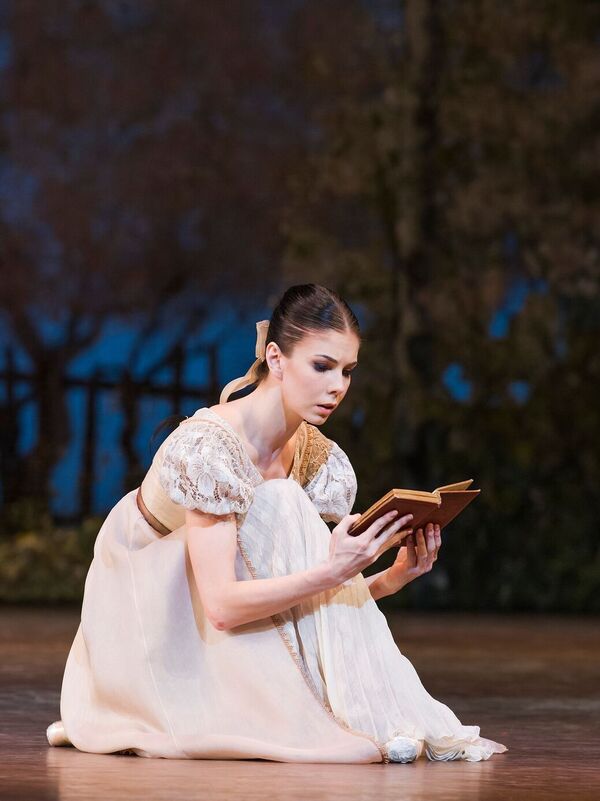
Osipova isn’t always so perfectly cast at The Royal Ballet, however, and she wasn’t at all suited to the role of the Siren in Balanchine’s Prodigal Son, which she danced on 28th March. The last work created for Serge Diaghilev’s Ballets Russes, it is difficult today to make Prodigal Son look entirely convincing unless it is very carefully and thoroughly staged. I thought most of the dancers looked awkward and uncomfortable in the ballet, although Corrales was very good as the Prodigal, especially at the end when he crawled on his knees and climbed back into the arms of his forgiving father. The performances of Serenade and Symphony in Cwere more successful, but I have seen both ballets danced far better by The Royal Ballet in the past.
Sadler’s Wells goes East
Over at Sadler’s Wells, English National Ballet offered an evening of works by William Forsythe in mid-April that consisted of Rearray (London Edition 2025), a duet originally made for Sylvie Guillem and Nicolas Le Riche in 2011 and now turned into a trio, as well as Herman Schmerman (Quintet) and a revival of Playlist (EP). The company were performing with strength and dedication, although the male dancers far outshone the women on 10th April. Best of all of them, undoubtedly, was Francesco Gabriele Frola in both Herman Schmerman and Playlist. He is a stylish and versatile dancer who displayed just the right kind of thrilling impetus and punchy Forsythe attack. Rhys Antoni Yeomans and Nathaniel Ritter-Magot came close to equalling him.
Sadler’s Wells also presented Northern Ballet, Scottish Ballet and, from late May to early June, its annual Flamenco Festival, which I sadly missed. There was also a revival of Matthew Bourne’s superb The Midnight Bell, based on the novels of Patrick Hamilton and performed by his own company, New Adventures. In a major new development, however, earlier in the year Sadler’s Wells unveiled Sadler’s Wells East, a new theatre situated in the Queen Elizabeth Olympic Park, Stratford East, which is fast becoming London’s alternative cultural hub. (Other new arrivals there include the BBC Music Studios, the London College of Fashion and the Victoria and Albert Museum.) This attractive venue, which can seat over 500, hosted several smaller dance companies, both from the UK and abroad, which in May and June included the arrival of both Birmingham Royal Ballet 2 (BRB2) and the Leeds-based Phoenix Dance Theatre.
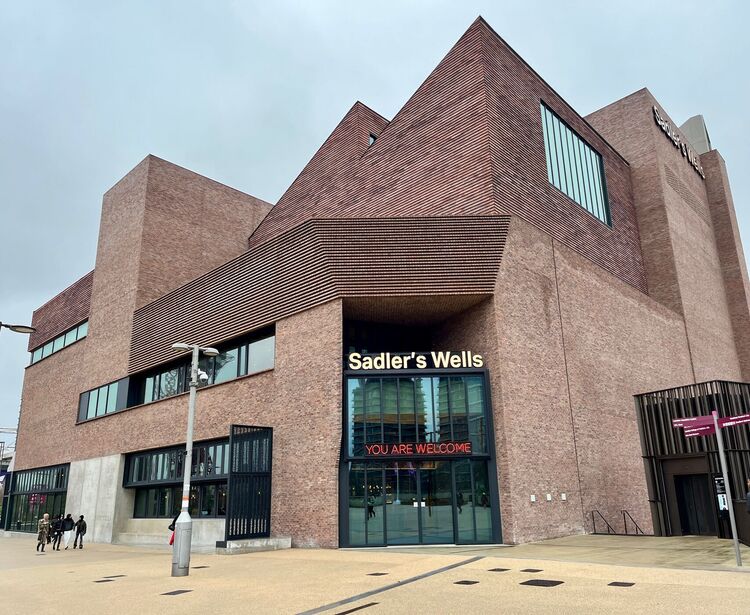
BRB2’s programme on 10th May, a tribute to Serge Diaghilev and the Ballets Russes, was a sad disappointment, with the style of such famous works as Mikhail Fokine’s Les Sylphides and Le Spectre de la rose proving entirely elusive to the company’s very young dancers. Far more interesting, on 11th June, was Inside Giovanni’s Room, a new production from Phoenix created by artistic director Marcus Jarrell Willis to mark the 100th anniversary of the birth of the writer and Civil Rights activist James Baldwin. Set in the 1950s and dealing directly with the subjects of gay desire, internalised homophobia, bisexuality, masculinity, poverty and social alienation, the production shows through dance and gesture the torments of David, an American living in Paris, who is torn between duty to his fiancée and his sexual desire for Giovanni, an immigrant Italian who works at a gay bar. The choreography brilliantly conveys, through a jittery, fragmented movement vocabulary, suppressed tensions and unspoken desires that were forcefully expressed by Teige Bisnought and Dylan Springer in the lead roles. The second half of the production was less effective, but if Jarrell Willis can find time to edit and condense the piece, I’m sure Inside Giovanni’s Room could become even more powerful than it already is.
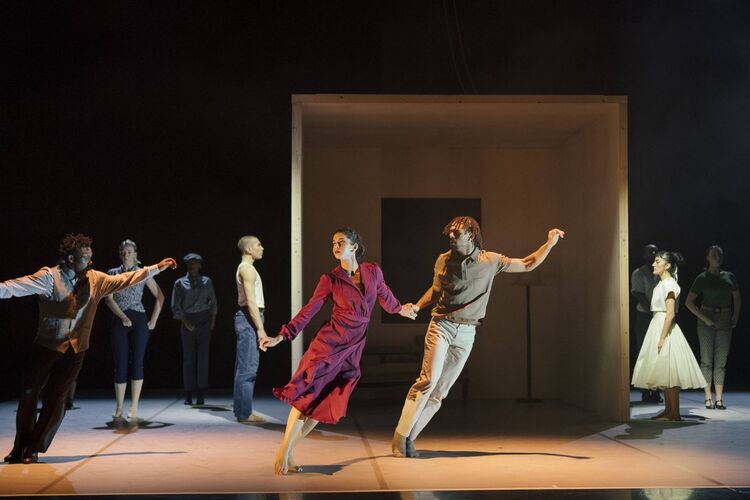
Next generations
Back in central London in June, The Royal Ballet presented at the Linbury Theatre its annual New Generation, a festival designed to showcase young dancers. Participants for 2025 included the Youth Company of the Finnish National Ballet, Ballet Central and The Royal Ballet School. American Ballet Theatre Studio Company, which proved such a hit with audiences and critics when it last performed at the festival, were less exciting this time round, with the dancers only seeming to come into their stride in a lively performance on 10thJune of Jerome Robbins’ delightful, jazzy Interplay. Making its London debut, the Paris Opéra Junior Ballet brought an oddly chosen programme that began with Balanchine’s technically difficult Allegro Brillante and then went downhill choreographically with works by Maurice Béjart, Annabelle López Ochoa and José Martinez. Still, the company presented some very fine dancers at the matinée on 20th June, including Davide Alphandery, Jaime Almaraz Baizán, Laure Ravera and Natalie Vikner.
I was sorry to miss Gary Clarke Company’s Detention, the last instalment of his excellent trilogy of works exploring politics and social upheaval in Britain during the Thatcher government of the 1980s, which was presented in June at The Place, London’s centre for Contemporary dance. I hope to catch the production when it returns on tour during the autumn, as well as other interesting works heading our way after the summer holidays.


